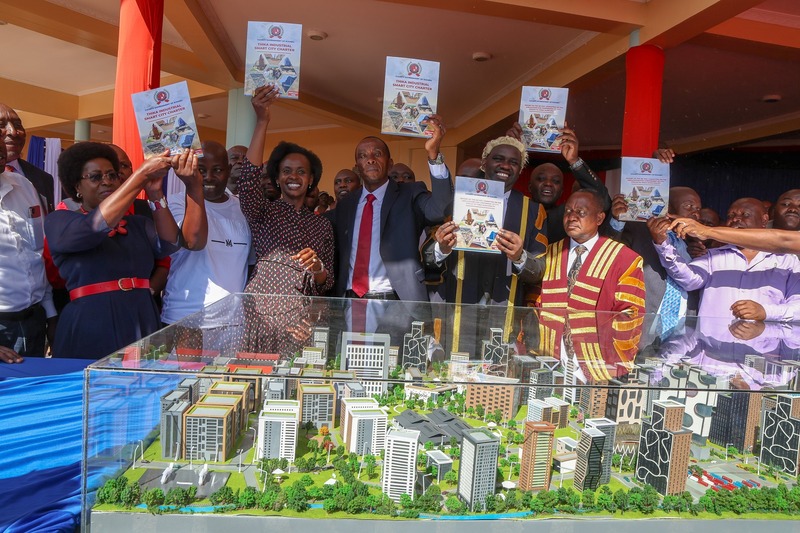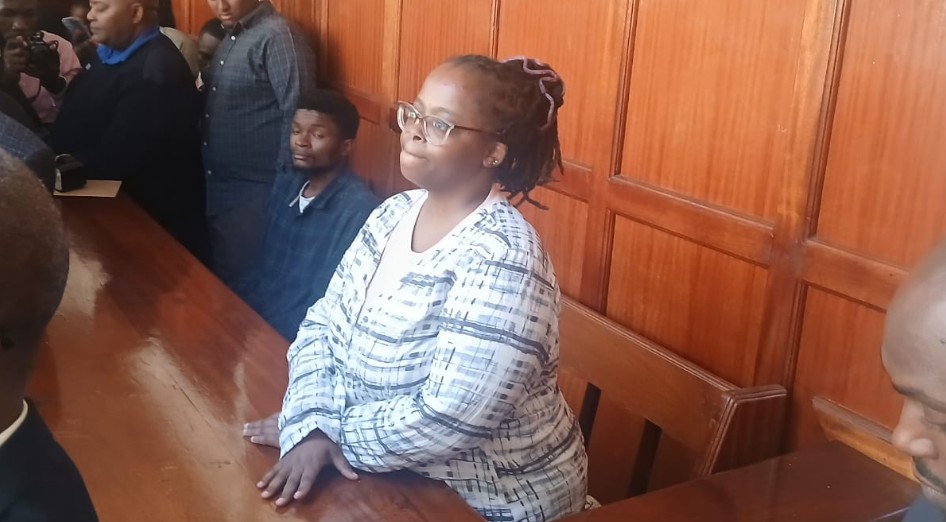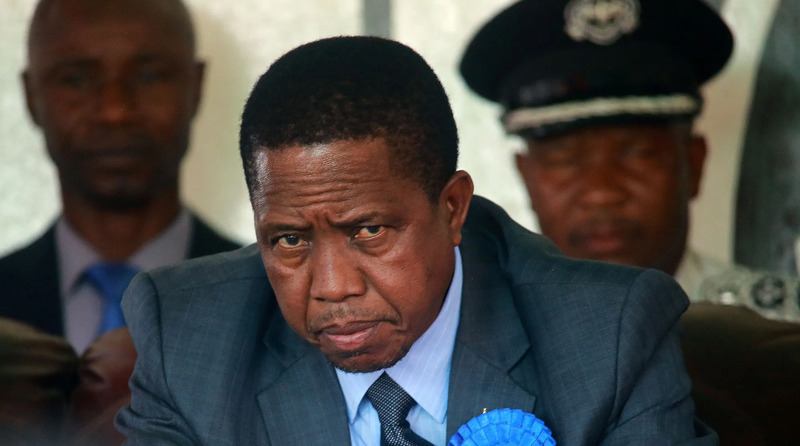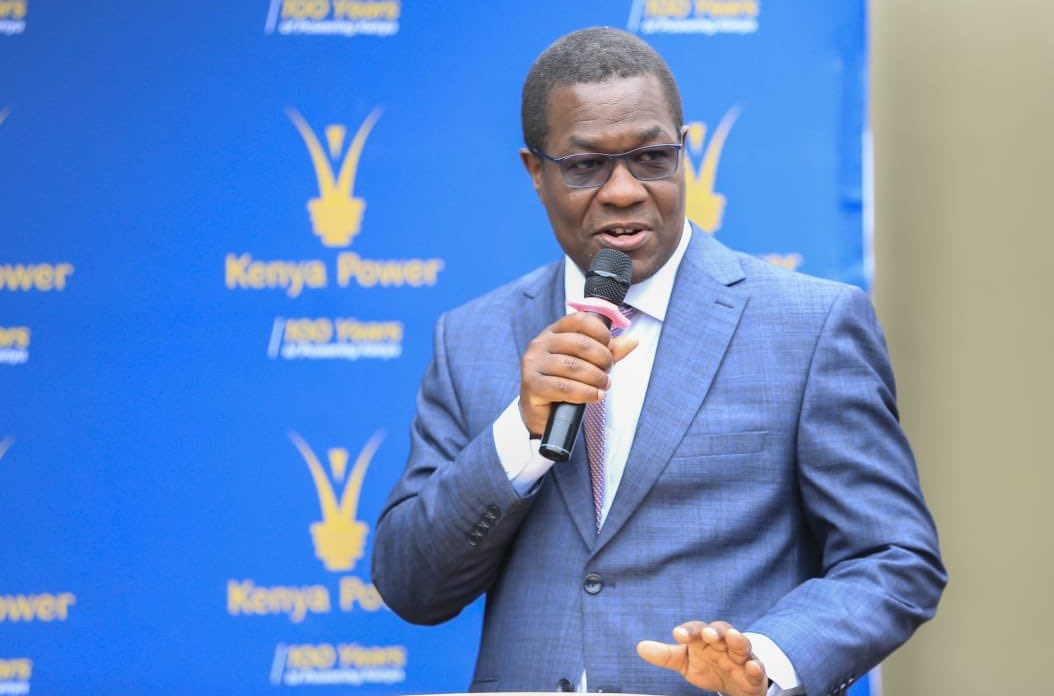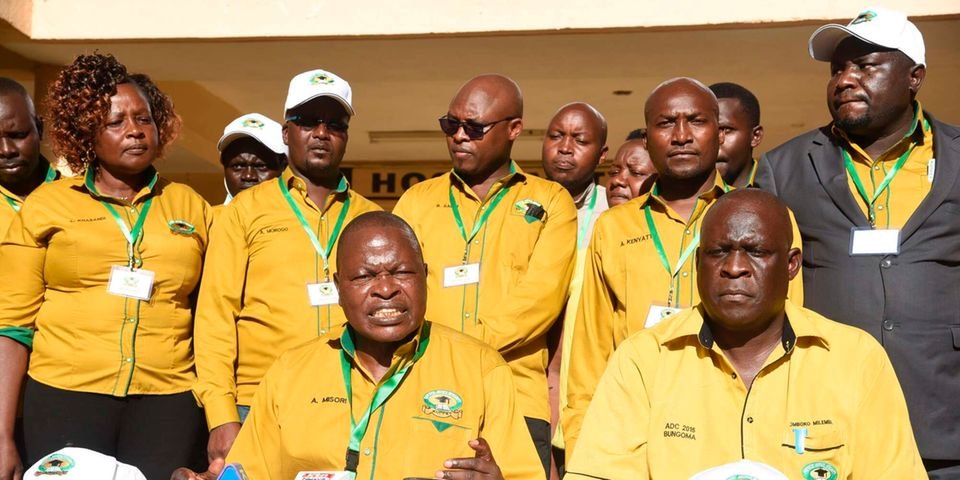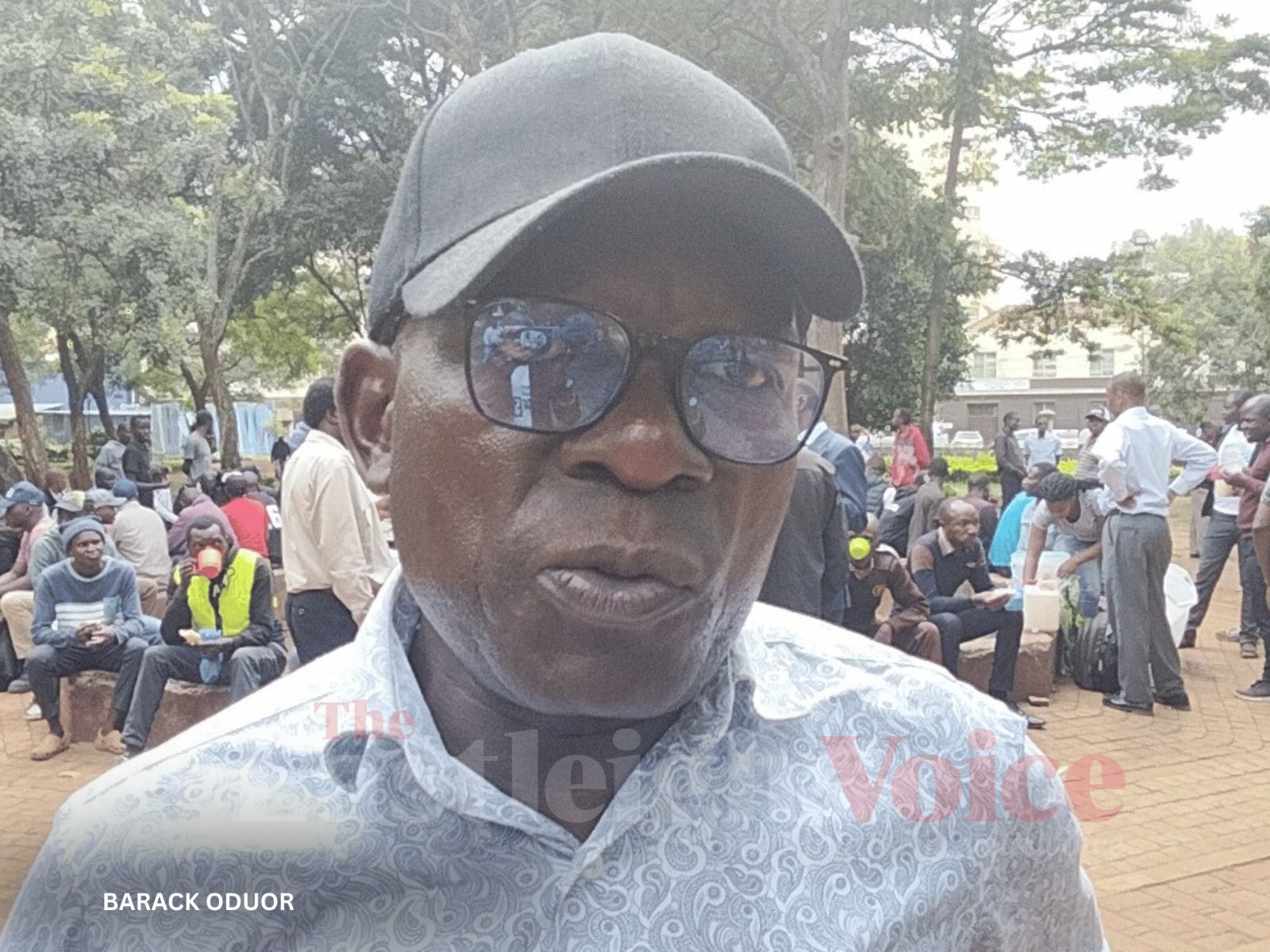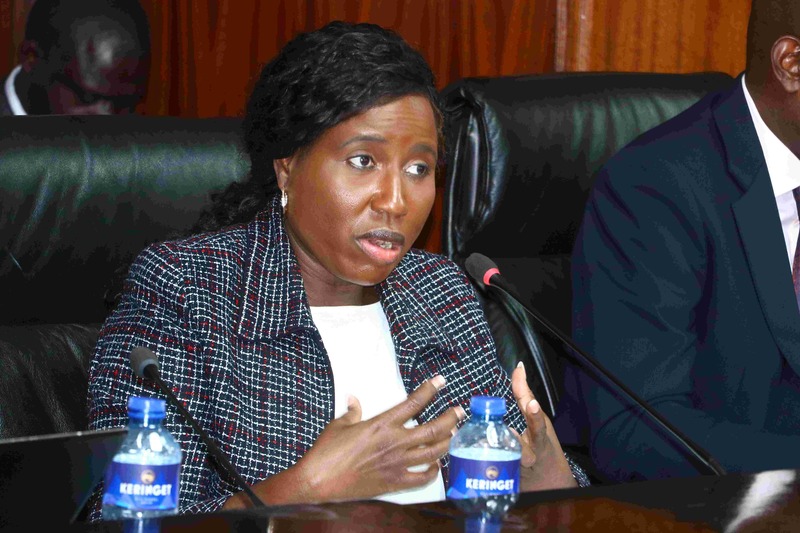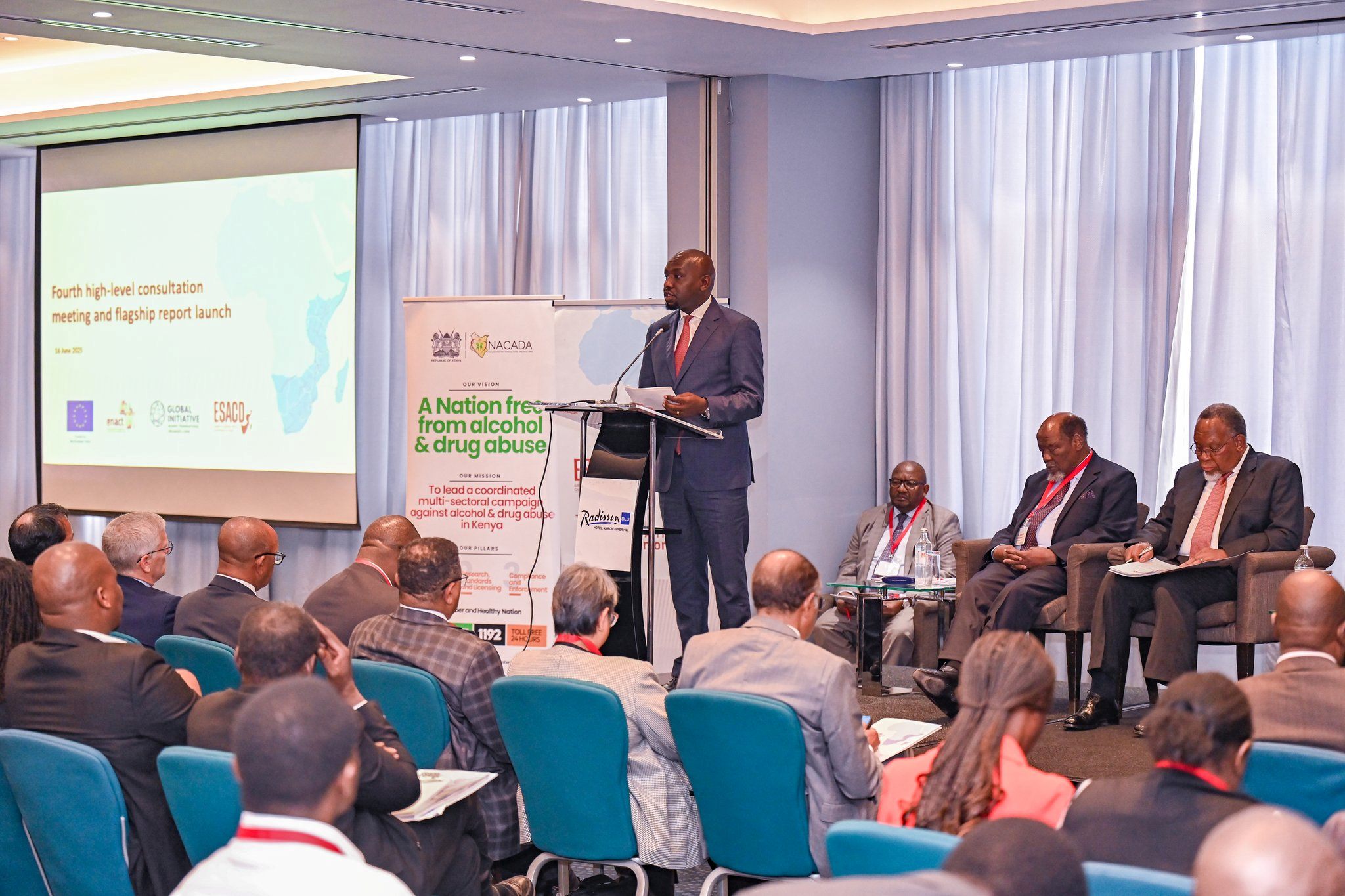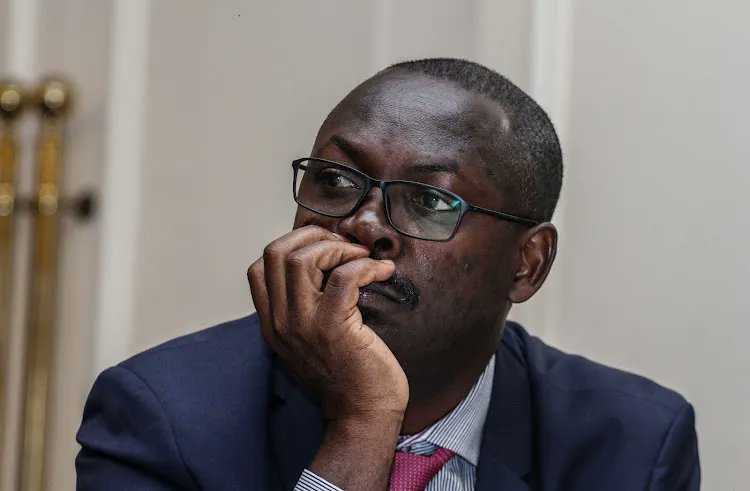Ruto abolishes delivery department, creates seven new State departments
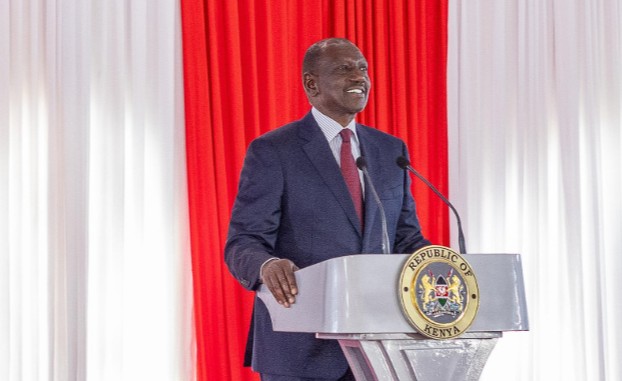
The restructuring is expected to align service delivery with the administration’s evolving priorities, including economic transformation, innovation, asset management, and enhanced coordination across ministries.
President William Ruto has announced a wide-ranging reorganisation of the Executive arm of government, introducing seven new State Departments and abolishing one.
In Executive Order No. 1 of 2025, dated June 9, President Ruto repealed the existing 2023 structure and unveiled a new administrative framework that takes effect immediately.
More To Read
- Raila calls for unity, blames politics for collapse of Adani deal to expand JKIA
- 1,600 science laboratories to be constructed in schools in rural areas, Ruto says
- President Ruto vows to go after schools defying fee payment on eCitizen
- National Assembly passes Finance Bill 2025, targets Sh24 billion in new revenue
- Court refers Okiya Omtatah's Sh4.6 trillion debt petition to CJ Martha Koome
- Kenya’s opposition vows to take Ruto to ICC over extrajudicial killings, abductions
“This Executive Order supersedes Executive Order No. 1 of 2023 issued in January 2023,” the directive states.
The most notable change is the abolition of the State Department for Performance and Delivery Management, with its functions now transferred to the Executive Office of the President.
“The State Department for Performance and Delivery Management is hereby wound up. The remaining functions shall be transferred to the Executive Office of the President,” reads the order.
The reorganisation has also resulted in the creation of seven new State Departments with distinct mandates:
1. State Department for National Government Coordination
2. State Department for Science, Research and Innovation
3. State Department for Public Investments and Assets Management
4. State Department for Special Programmes
5. State Department for Aviation and Aerospace Development
6. State Department for Children’s Services
7. State Department for Justice, Human Rights and Constitutional Affairs
Each department has been placed under specific ministries and will be overseen by a Principal Secretary, who is designated as the Accounting Officer, reporting directly to the Cabinet Secretary.
The newly formed State Department for Aviation and Aerospace Development, for instance, has been placed under the Ministry of Roads and Transport, while the Department for Children’s Services falls under the Ministry of Labour and Social Protection.
The Executive Office of the President has also been expanded to include the Office of the Chief of Staff and Head of Public Service, Office of the Deputy Chief of Staff, Strategy Delivery Unit, President’s Delivery Unit, and the Presidential Economic Transformation Secretariat.
Other key offices under the Executive Office include: Office of the Presidential Advisor on Economic Affairs, Office of the Presidential Advisor on Fiscal Affairs and Budget Policy and Government Delivery Services Office.
The new Executive structure retains 22 ministries, each led by a Cabinet Secretary responsible for policy direction and strategic leadership.
“Each Cabinet Secretary shall be responsible for policy direction and strategic leadership in the Ministry and shall discharge their functions in accordance with the Constitution, relevant statutes, and policy instruments,” the Order notes.
The President also directed that Principal Secretaries are to act as Accounting Officers, overseeing daily administrative and financial operations, in line with Article 155 of the Constitution.
The reorganisation further includes changes in names and responsibilities of various State Departments. For instance, the State Department for Internal Security and National Administration has now been separated into two departments: the State Department for Internal Security and the State Department for National Government Coordination.
The former State Department for Devolution has been renamed as the State Department for Devolution and Regional Development under the Ministry of Devolution.
The Order also outlines the coordination of cross-cutting government functions such as climate change, diaspora affairs, youth empowerment, public service performance, and the digital economy. Some of these responsibilities are now shared across different State Departments.
“This Executive Order shall come into effect on June 5, 2025, and shall remain in force until otherwise directed by His Excellency the President,” reads the order.
The restructuring is expected to align service delivery with the administration’s evolving priorities, including economic transformation, innovation, asset management, and enhanced coordination across ministries.
Top Stories Today
